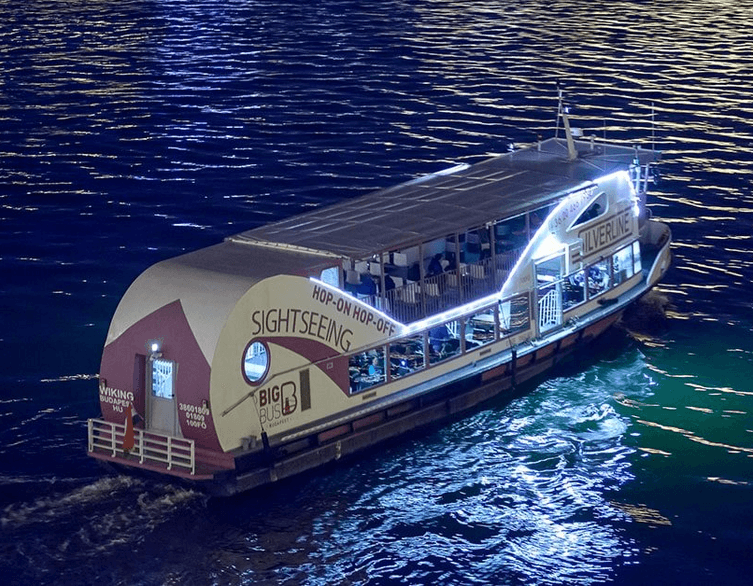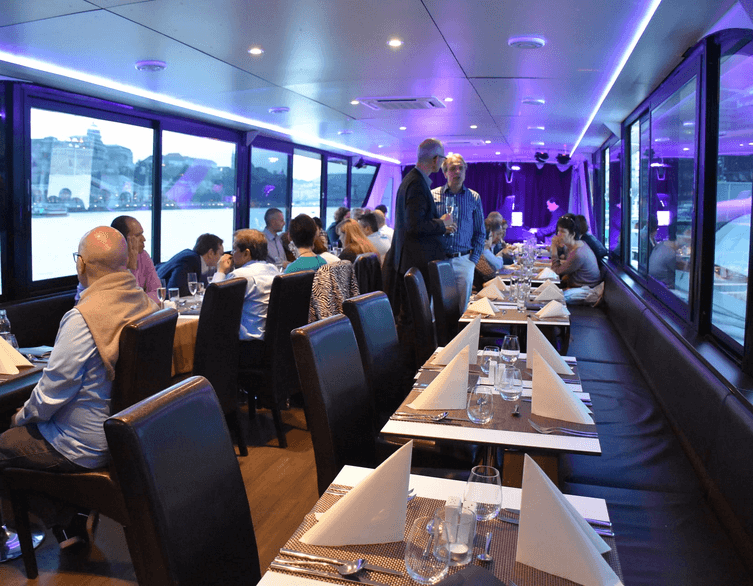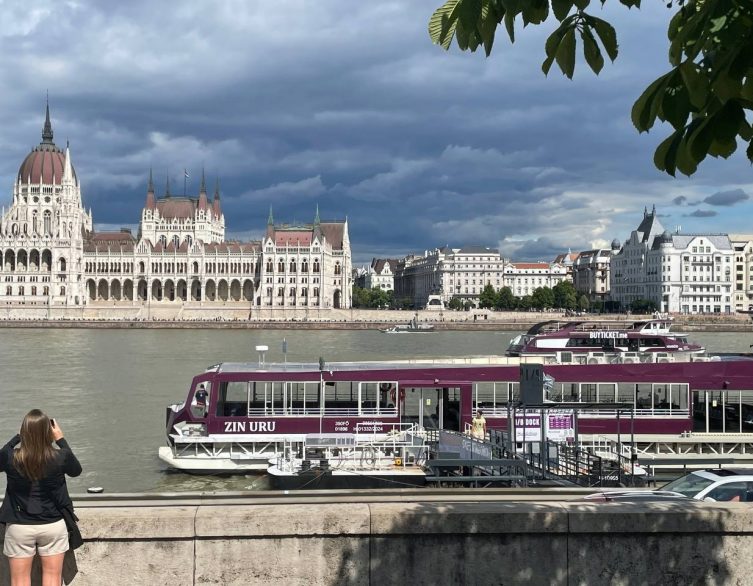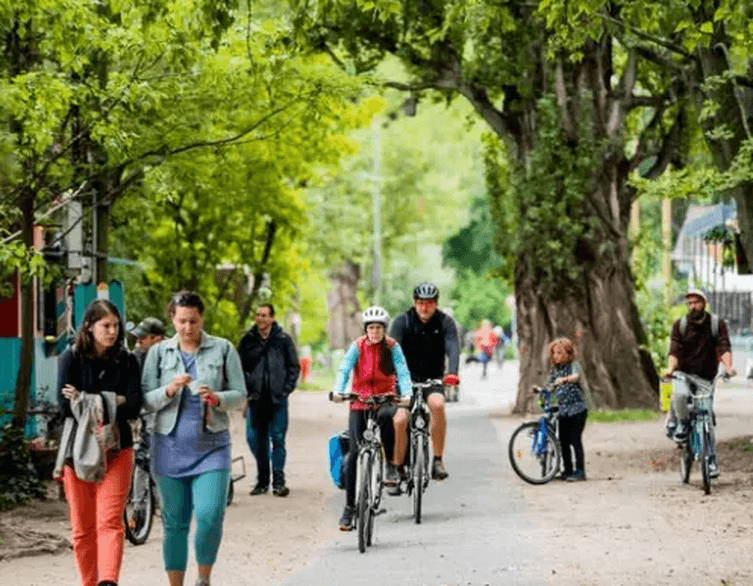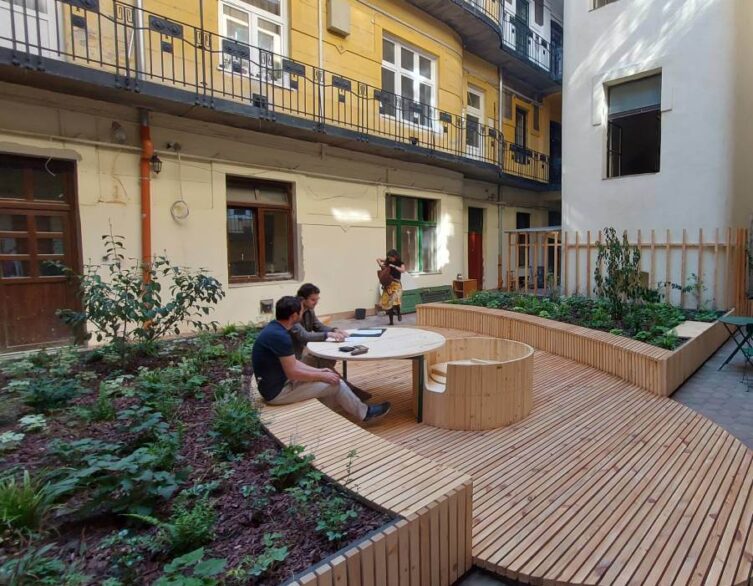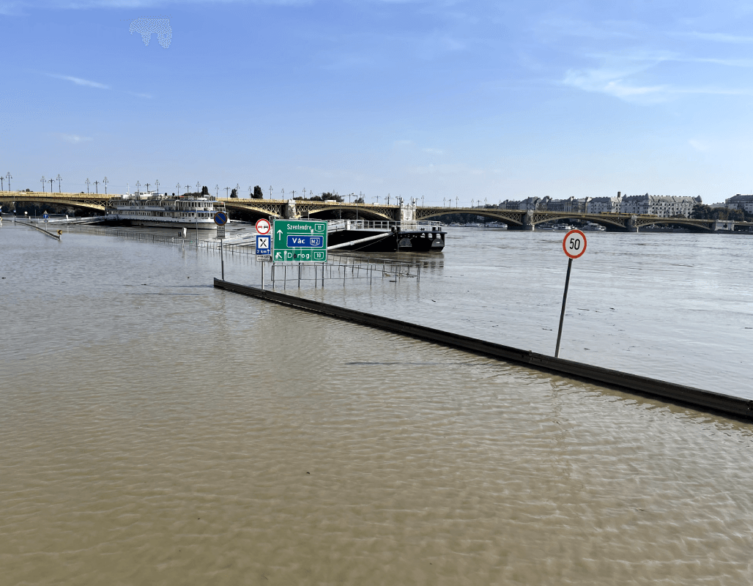Budapest’s Sponge City Initiative: A Sustainable Approach to Urban Water Management
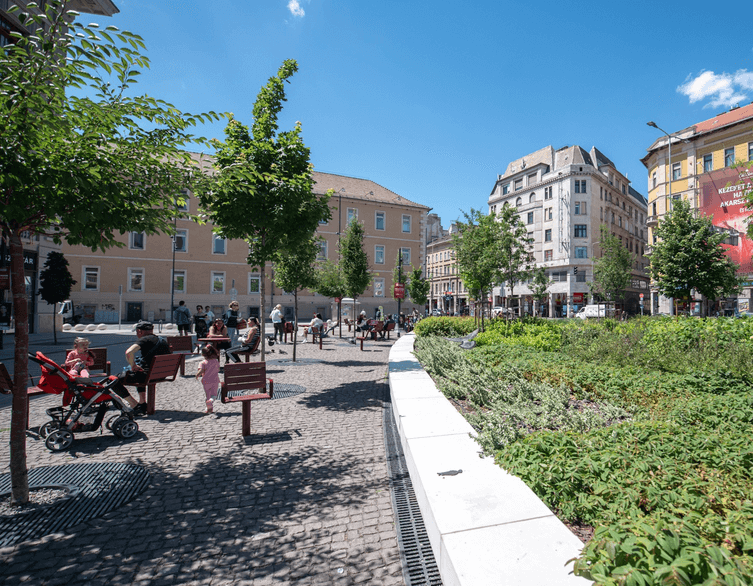
In the heart of Hungary, Budapest is embracing an innovative approach to urban water management known as the “Sponge City” concept. This initiative aims to transform the city’s relationship with water, addressing the challenges posed by climate change and urbanization while creating a more livable and sustainable urban environment for residents and visitors alike.
The Sponge City concept is a comprehensive urban water management strategy that seeks to mimic natural water cycles within the built environment. Its primary goals are to reduce surface runoff, increase water retention, and improve the city’s ability to adapt to changing climate conditions. This is particularly important for Budapest, as the city faces increasingly extreme weather events, including longer dry periods and sudden, intense rainfalls.
Understanding the Need for Change
Budapest, like many other cities worldwide, faces significant challenges related to water management. Climate models predict more frequent and intense rainfall events, alongside longer dry spells. This necessitates a shift from traditional water management practices, which often focus solely on drainage, to a more holistic approach that incorporates green and blue infrastructure solutions.
The Sponge City Approach
The Sponge City concept involves complementing traditional grey infrastructure with green and blue solutions. These include rain gardens, green roofs, permeable pavements, and water retention basins. These elements help retain rainwater locally, improving the microclimate and contributing to sustainable water management. By integrating these solutions, Budapest aims to enhance its resilience to climate-related challenges while improving the quality of life for its residents.
Benefits of the Sponge City Approach
Implementing Sponge City solutions offers numerous benefits for Budapest. Environmentally, these solutions improve biodiversity by creating new habitats, enhance soil moisture and groundwater recharge, and contribute to better air and water quality through natural filtration processes. In terms of climate adaptation, they reduce the urban heat island effect by increasing evaporation and vegetation, manage extreme rainfall events more effectively, and increase resilience to droughts.
Best deals of Budapest
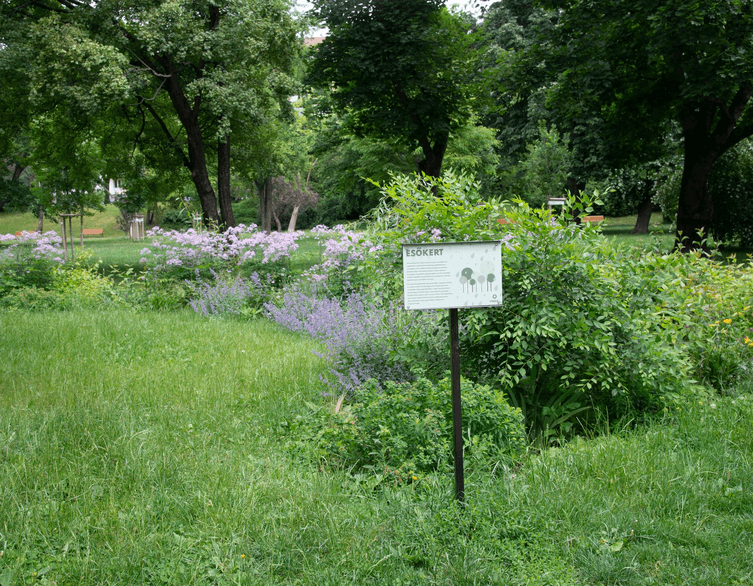
Image source: FŐKERT
Socially and economically, these solutions create attractive green spaces for recreation, potentially reduce water treatment and flood management costs, and enhance the overall quality of life for residents and visitors. The integration of green infrastructure also fosters community engagement and responsibility towards the urban environment.
The LIFE in Runoff “Urban Rain” Project
Budapest is participating in the LIFE in Runoff “Urban Rain” project, which aims to demonstrate the effectiveness of Sponge City solutions. Key initiatives include the distribution of rainwater collection tanks, installation of underground cisterns, transformation of paved surfaces, and creation of rain gardens. These demonstration projects serve as practical examples of how Sponge City principles can be applied in urban settings.
Visiting Budapest’s Sponge City Features
For tourists interested in sustainable urban design, Budapest offers several opportunities to see Sponge City solutions in action. Public parks may feature newly designed green spaces that incorporate rain gardens and water retention features. Some public buildings and hotels now have accessible green roofs, offering unique views of the city while demonstrating sustainable design. Revitalized waterfronts may showcase new approaches to integrating water management with public spaces. Additionally, some districts may have implemented comprehensive Sponge City features, offering a glimpse into the future of urban living.
Conclusion: A Vision for a Sustainable Budapest
Budapest’s embrace of the Sponge City concept represents a forward-thinking approach to urban development. By working with nature rather than against it, the city is creating a more resilient, livable, and sustainable environment for both residents and visitors. As you explore Budapest, keep an eye out for these innovative water management solutions – they’re not just infrastructure, but a testament to the city’s commitment to a greener future.
For tourists, understanding Budapest’s Sponge City initiative adds a new dimension to experiencing the city. It showcases how a historic European capital is adapting to 21st-century challenges, blending traditional charm with cutting-edge sustainability practices. As you enjoy Budapest’s famous thermal baths, admire its architectural wonders, or stroll along the Danube, remember that beneath the surface, the city is working hard to ensure its beauty and resilience for generations to come.
Related news

















